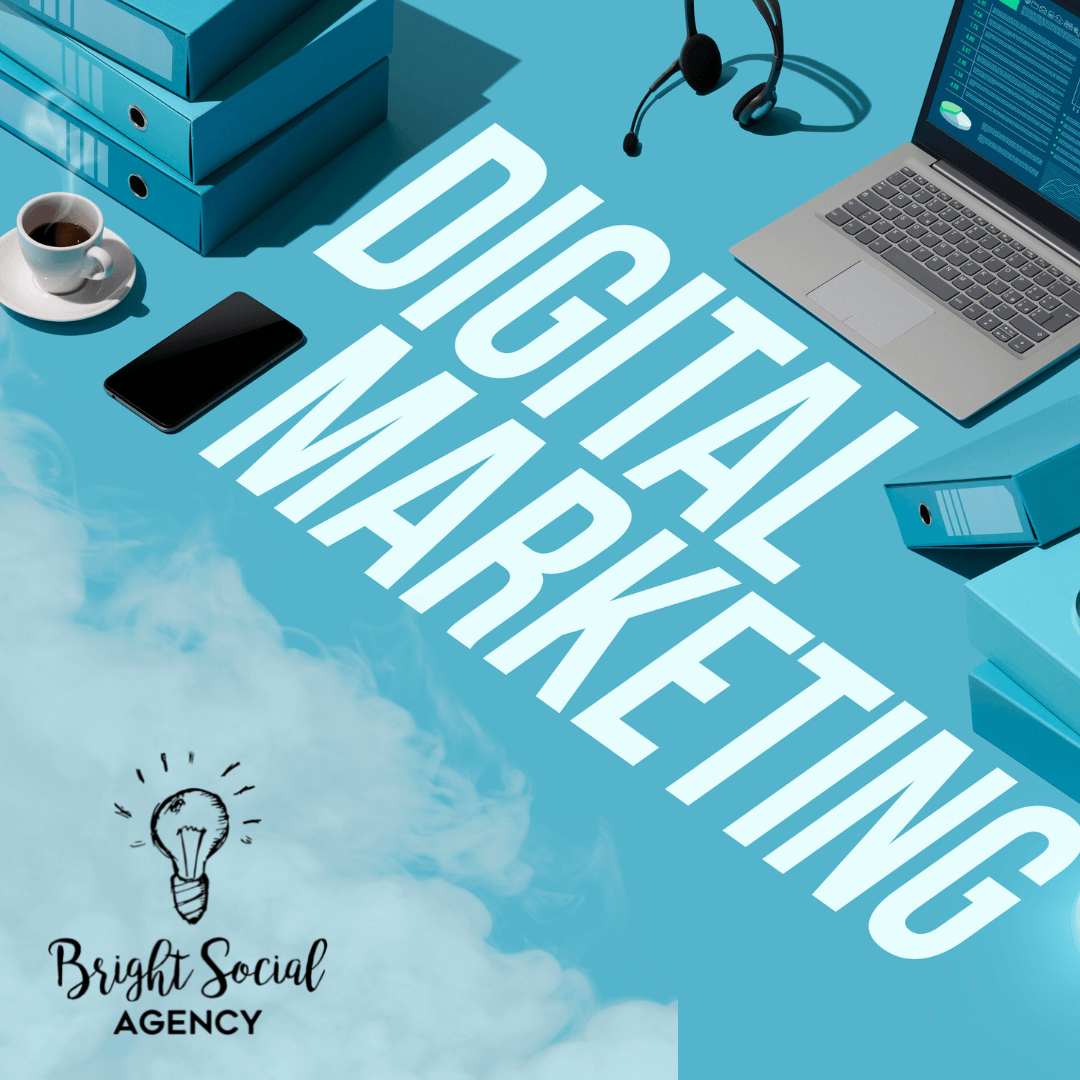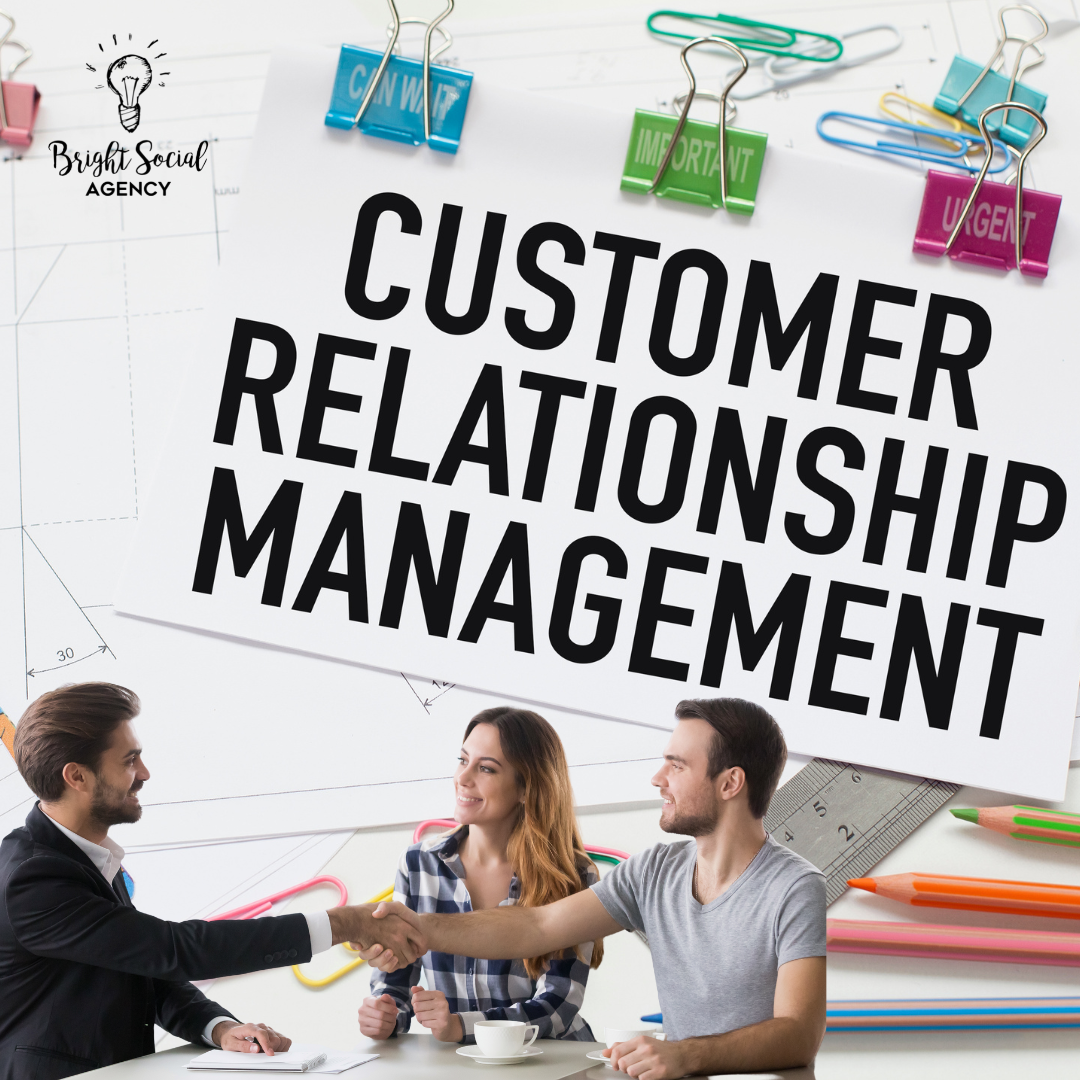What is Digital Transformation?
Digital Transformation
Digital transformation means leveraging digital technologies to create entirely new or alter current business processes, customer experiences, and the existing business culture to meet the evolving market requirements.
Digital transformation goes beyond the typical functions of customer service, sales, marketing, and customer service and revolves around how you perceive and interact with your customers. Small businesses do not need to set up their processes and then embark on modifications down the line. The most recommended approach is to create a flexible and agile company that can be transformed anytime to meet evolving customers' needs.
This post will explain the aspects that play a central role in the overall success of digital transformation. Keep reading to learn more.

Online Platform (Aka A Website or E-Commerce Shop, or Online Storefront)
Businesses today integrate and apply digital technologies to implement urgent changes at all levels of their operations. Leveraging the latest technological trends allows enterprises to drive innovation and gain a competitive advantage. Businesses across all industries have increasingly adopted digital or online platforms such as a website to streamline both customer-facing processes and internal ones.

These integrated online platforms are a robust foundation for transformation. They combine different technology streams such as big data, data analytics, cognitive computing, AI, machine learning, cloud, social media, etc.
The most commonly used online platforms usually leverage business process management (BPM) technology. These platforms promote digital transformation through:
1). Operational focus:
Involves using process-based business applications to perform previous activities in a cheaper and faster way.
2). Strategic focus:
Involves using online platforms to take your business’s strategic vision to greater heights by making it highly operational.

Importance of the Online Platforms
- They save time through improving communication.
- They save money. This is possible through cutting costs resulting from better interoperability among existing systems, equipment, and staff.
- They improve customer relationships by streamlining customer-facing processes such as return or exchange into single, cohesive, digital strategies. These create an easy, engaging, and efficient customer service experience and build customer loyalty.

Product Enhancements
The value of most products revolves around how customers perceive your product or service. The pointers we have shared below will advise you on how to enhance the appeal of your products and services in the eyes of your target audience.

Provide Good Info and Product Descriptions.
The fact remains that most customers complete their buying journey digitally. If you want such customers to buy your products, you should provide them with all the information they need. The product information provided must be adequate, and you must be careful not to miss out on essential details. It should respond to all pressing questions. This factor can make your products look unique and stand out amongst others, and it would increase your customers; perception of the value of your product.

Effective Marketing to Your Target Clients
Marketing to the inappropriate consumers decreases your products' value. For instance, you cannot sell waist trainers on a social media platform that consists of mostly males, and it may be appropriate for female partners. The best place to market is to your most ideal consumers. Your product is only valuable when real consumers assess it and end up using it.

Relations With Your Clients
How efficient is the consumer service team working? When people contact you for inquiries, how reachable is your staff? It is important to note that your different communication platforms such as emails, social media and (its associated likes, shares, and comments), and phone calls too, must be used very carefully. This is because these media can either be beneficial or detrimental depending on how you use them. All your replies must be fast, very courteous and valuable. The most effective does not merely revolve around creating compelling content but productive interactions with your customers.

Branding and Packaging
How user-friendly is your website? Your customers need to navigate through your site with ease. The quality of the images of your product should be high. A lot of attention must be directed to quality and standard when promoting products.
Customer Reviews and Feedback
Customer reviews help to enhance the value of your products. You may be asking how do I control my customers’ reviews? Some marketers use the review of customers as part of their marketing strategy. Willing customers can post messages about their experience while using your product. Where customers post negative reviews, you must be prompt to respond satisfactorily. You may apologize, offer an alternative, or quickly refute the claims if it is false. People are reading about your product, and you have to stay ahead of the game so they can read the right thing.

Collaborative Innovations
It should be pretty obvious for all companies to engage in tighter cooperation. Digital all about "breaking down silos," first and foremost you have to remember. However, most companies don't make it their number one priority, and in the rare cases they do, they tend to struggle to execute it right. Many senior executives have claimed that their different business functions are competing rather than collaborating on digitization.
It implies their Research and Development (R & R&D), engineering, production, marketing, operations, and sales are in direct competition to maximize their digital efforts. Instead, they should be collaborating to drive better results for the company.
The result of this internal competition is that many companies don’t get the most out of their digital investments and are ill-prepared to respond to both opportunities and threats. In times like these, such behaviour becomes a liability.
Customer Expectations
As customers go through massive disruptions to their everyday activities due to COVID-19, they adapt to new systems resulting from digitization. The systems are usually in charge of modifying their behaviour and preferences. How can businesses adapt to these changes and still remain connected with their clients?
In tough times like this, businesses should always try to humanize their brand and be highly customer-centric. They should also remain engaged with customers and inform them of arising changes that occur to products and services. Concurrently, their marketing efforts are instrumental in helping them by monitoring changing customer trends and interests and leveraging these insights to adapt their products and services to reach customers more effectively.
Marketers should also assess and replace broken processes and systems in their internal marketing and lead capture efforts. They should look into tools and strategies that allow them tom create seamless client experiences that can easily connect with audiences while also supporting intelligent, real-time interaction capabilities.
Learning from the newer limitations that have disrupted daily routines and evolving customer behaviour has helped marketers to effectively modify their tactics and processes to achieve significant success in their lead generation efforts.
As customers and businesses have shifted to digital, marketers should do the same and leverage automation solutions such as:
- Implementing mobile-friendly lead capturing forms for landing pages, content downloads, virtual giveaways, etc.
- Pairing customer data collection with workflow tools and information systems to create personalized campaigns.
- Using intelligent tools that boost how data is captured and transferred from marketing to sales quickly and efficiently moving leads down the sales funnel.
- Keeping customers engaged through quizzes and surveys can double as marketing data collection tools.
Organizational Forms
Analog-native companies that have hit relatively high digital maturity levels typically share a common characteristic, a highly enabling organization. If the companies lack this feature, they will get sucked into entrenched silo mindsets and a create a situation where there is lack of collaboration and wasted investments. This can lead to the failure of the companies' s digitalization efforts that you have out in place.
Usually, the option regarding the best organizational model to adopt to effectively facilitate the process of digitalization will depend heavily on factors such as the intended target audience, the existing digital maturity, the need to change quickly, and risk aversion.
The organizations that are digitally aware and wish to adopt digital transformation usually go for the central models first. An integrated model is the solution here. It will generate more significant momentum for change. However, it simultaneously risks causing alignment problems because of a lack of clearly defined accountability and the challenges of sticking to a shared vision.
The hybrid model typically combines the positives of the central and integrated models. However, it is usually more complex and quiet challenging to deliver. Finally, the most digitally mature organizational structure is typically a centrally facilitated and entirely integrated model. Here, aspects of digitalization are found fully entrenched in the company's business model, its products and services, its underlying processes, etc.
Few analog-native companies that have not yet embarked on creating highly dedicated organizational structures that digitalize. For many businesses, top management remains the one responsible for developing the company's overall digital strategy and is also in charge of the implementation.
Final Take Away
Digital transformations are set to cause significant evolutions in the business environment for the foreseeable future. Collaborative innovations, product enhancements, customer expectations, and organization are at the heart of this digital transformation!
This post may contain affiliate links, which means that we may receive a commission if you make a purchase using these links.









